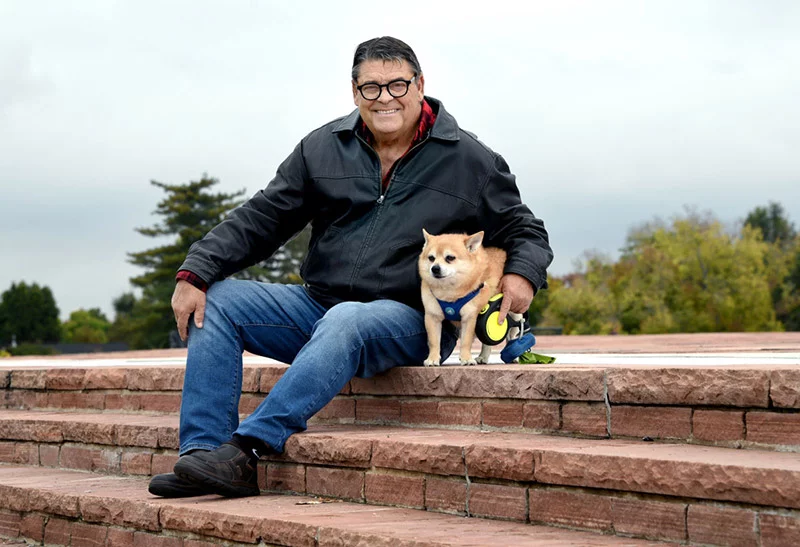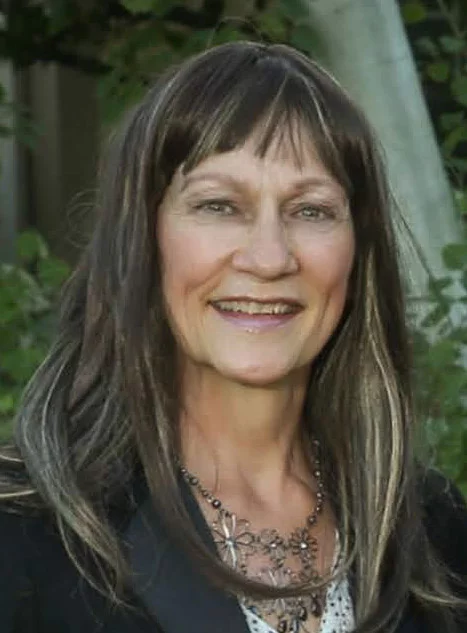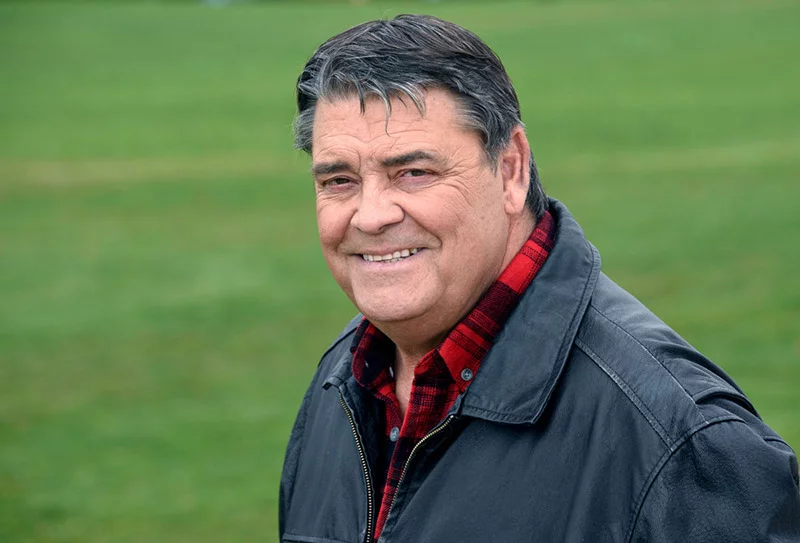
When Jim Jensen, then 63, went in for an arterial bypass to relieve pain from a deep vein thrombosis in February, the UCHealth team was planning on providing the Pueblo resident codeine for pain and clopidogrel (Plavix) to prevent blood clotting.
Participating in the biobank is easy. How to get started.
- Join the biobank by signing a consent form in your My Health Connection Account.
- You must be a UCHealth patient who is age 18 or older.
- After you sign up, during an upcoming visit that requires a blood draw, a medical provider will collect an extra vial of blood for the biobank.
- Learn more about the biobank.
They instead went with oxycodone for pain and ticagrelor (Brilinta) for anticlotting. They did so because Jensen’s genes told them they should.
The genetic information came via two of the now more than a million pharmacogenetic results the biobank at the Colorado Center for Personalized Medicine, a partnership between UCHealth and the University of Colorado School of Medicine. Experts now have delivered vital genetic information to patients and their providers via UCHealth’s Epic electronic health record, which patients access through My Health Connection. Those results provide insight sinto potentially harmful drug side effects because of patient-specific genetic differences.

The biobank’s impact on Connie Campbell came from a different direction. Like Jensen, Campbell had opted to have a separate biobank vial filled during a routine blood draw. The biobank’s genetic screening for disease risk spotted a BRCA2 mutation in April 2024. That mutation boosts a woman’s risk of breast cancer by age 70 from an average of about 13% to more than 60% and the risk of ovarian cancer from about 1% to 13% to 29%.
Campell, who lives in Sedalia and had recently turned 65, shared the finding with her two sisters. Kathy O’Brien, then 63, soon saw her doctor, who noted something amiss and referred her to an oncologist. She diagnosed Kathy with ovarian cancer before it had spread too far.
While Jensen and Campbell benefitted from the biobank via different pathways, both agree that UCHealth patients should join them and 187,000 others in sending blood samples to the biobank.
“This is what everybody needs,” Jensen said. “It’s really where the rubber meets the road when it comes to medicine. If you’re not doing it, you should.”

Campbell says her sister might not be alive today without the biobank. A sense of curiosity drove her decision to participate.
“To know more about my genetic makeup was empowering,” Campbell said. “Knowing my genetic risks allows me to work with health care providers to monitor my health more closely, make informed lifestyle choices and potentially prevent or mitigate the impact of certain diseases.”
An ambitious genetic research program that’s helping patients and guiding decisions
Experts launched the biobank at the Colorado Center for Personalized Medicine in 2014 with a $63 million investment to advance research and understand how patient care could be informed based on individual patients’ genetic traits. In 2015, medical providers started collecting samples from consenting patients, and the Colorado center is now among the nation’s largest biobanks. But what really differentiates the biobank is its ability to get actionable genetic findings back to patients and providers who can then act on them.
“The biobank study has put us at the leading edge of bringing genetics to the point of care, and I think we’re seeing a lot of very promising signs that this can help guide care decisions and can help with prevention,” said Casey Greene, the center’s director and a professor of biomedical informatics at the University of Colorado Anschutz campus.

The center’s team of about 40 experts works across two major fronts exemplified by Jensen’s and Campbell’s stories: pharmacogenetics, or PGx, and disease risk.
Pharmacogenetics: A dozen genes so far, many with broad impacts
The biobank’s PGx analysis looks for differences in 12 genes. That number has grown over the years, most recently with the addition of five genes in September 2024. The biobank team chose those dozen genes because they can have an outsized impact on how the body processes 55 different drugs. Many of those drugs are commonly used: CYP2C9 genetic variants, for example, impact the metabolism of ibuprofen, not to mention seizure and multiple sclerosis medications and the blood thinner warfarin. CYP2C19, which was the biobank’s first PGx gene, has even broader reach, affecting the metabolism of some 10% of human pharmaceuticals.
Jim Jensen’s biobank results noted a CYP2C19 mutation, which led his UCHealth providers to switch him off of the antacid omeprazole (Prilosec) and on to esomeprazole (Nexium) to avoid side effects. Jensen also has a version of the SLCO1B1 gene that can cause muscle pain in those taking rosuvastatin (Crestor). He stayed on it, but that explained the occasional reaction he’s had to the drug.

Other PGx genes are known to affect the processing of specialized but potentially high-impact drugs. CYP3A5 versions, for example, affect the drug tacrolimus (Prograf), which is important for post-transplant immunosuppression to prevent organ rejection.
The center’s genetic snapshot of samples is only the start, Greene says. The team established a platform to turn the genetic results into structured information that UCHealth’s IT team could feed into the Epic electronic health record. The UCHealth team augmented Epic to feed that information into patient profiles and, more importantly, developed clinical-support tools that alert providers as to potentially harmful drug-gene interactions right when they prescribe a drug.
“We want it to surface the moment it’s needed,” Greene said.
A growing list of genes associated with disease risk
The biobank’s approach to identifying genes and sharing information about genetic findings associated with disease risk follows a different path than the PGx process. The BRCA2 mutation spotted in Connie Campbell’s sample is one of 84 disease-risk genes the biobank team studies. Broadly speaking, those genes are known to elevate cancer risk, cardiac and cardiovascular risk, or cause other rare genetic diseases. The process also spots genetic mutations that run in families, such as hereditary ATTR amyloidosis, where the body builds up amyloid proteins that misfold and clump, causing a variety of health issues.
Greene says participants with specific concerns about their genetic risk should still seek clinical genetic counseling through their providers. The biobank is a research study that aims to understand genetic risk and how this information can be returned to the point of care to support decisions. Participants may receive actionable genetic findings, but not all genes are tested for, and participants may not ever receive a genetic result, he adds.
Disease-risk gene-spotting happens in a two-step process that has returned over 1,000 results to patients so far, he says.
First, the biobank’s partner Regeneron does research-level exome sequencing that identifies a probable mutation and advises where in the genetic sequence it resides. The biobank team’s genetic counselors and medical experts review Regeneron’s results and order a more specific clinical sequencing assay. If that confirms the mutation, as it was in Campbell’s case, a genetic counselor reaches out directly to the patient.
For Campbell and her sister Kathy O’Brien, that outreach had a profound impact. While Kathy had gastrointestinal symptoms that could have led to the same diagnosis, identifying the BRCA2 mutation saved crucial time and helped doctors zero in on a treatment path quickly. That, Campell says, “underscores the value of genetic testing in identifying potential risks earlier.”
“I’m not sure Kathy would be here today had the testing not been done,” Campbell said.
With the millionth PGx result in the rearview mirror, the biobank at the Colorado Center for Personalized Medicine continues to build on a strong foundation for delivering genetic insights for better clinical decision-making.
“It’s not just about delivering at the forefront of care,” Greene said. “It’s also about inventing what the forefront of care will be in 10 years.”
